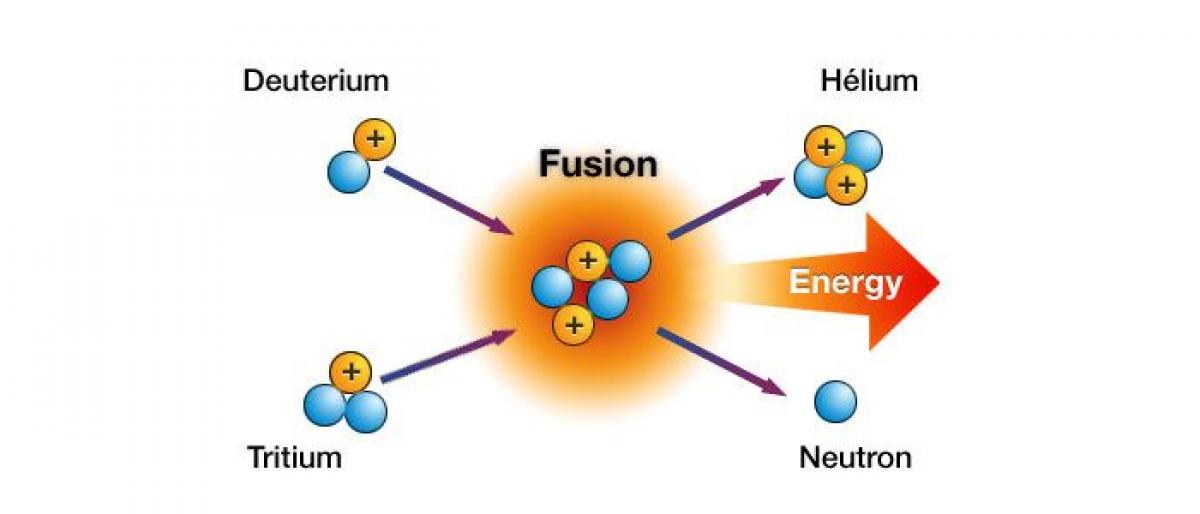India: A crucial partner in making fusion energy a reality

India is one of the crucial seven nations pursuing the construction of the worlds largest tokamak fusion device, a donutshaped configuration designed to produce 500 MW of thermal fusion energy, an Indian official associated with the project said The upcoming International Thermonuclear Experimental Reactor ITER, the worlds largest fusion reaction research facility here in southern France, ai
Cadarache (France): India is one of the crucial seven nations pursuing the construction of the world's largest tokamak fusion device, a donut-shaped configuration designed to produce 500 MW of thermal fusion energy, an Indian official associated with the project said. The upcoming International Thermonuclear Experimental Reactor (ITER), the world's largest fusion reaction research facility here in southern France, aims to develop fusion technology to make commercially-viable fusion energy a reality by the second half of this century.
"The ITER is building the world's largest magnetic confinement plasma facility. The tokamak will be the largest fusion device in the world that is designed to produce 500 MW of fusion power from 50 MW of input heating power," ITER site construction Deputy Director Prabhat Kumar told this visiting IANS correspondent.
The tokamak, which weighs as much as three-and-a-half Eiffel towers, is where the reaction at temperatures hotter than the sun will take place. This fusion technology provides an inexhaustible supply of power without any carbon emissions and little radioactive waste.
ITER members -- India, Russia, the US, Japan, China and South Korea, as also the European Union -- are the providing technical and scientific expertise for the fabrication. India contributes through the Gujarat-based Institute for Plasma Research by manufacturing major components of the plasma chamber where the fusion reactions are going to take place for the first time in 2025.
These include cryostat, a 30-metre diameter, equally tall stainless steel vessel which envelops the entire basic systems of the tokamak and is a vacuum- tight container. Kumar, a former Chairman and Managing Director of the BHAVINI, the company that manages the country's nuclear power plants, said India and Indian industries have been playing a significant role in the design and development of the systems and equipment for the ITER machine.
At present the components are in an advanced stage of fabrication, he added. ITER India has designed the cryostat and Larsen & Toubro is engaged in its manufacturing. Kumar said India is also contributing in laying a large network of cooling and chilled water systems at the ITER site. It has further marked its technological strength through supply and installation of cryolines and warmlines by INOX India Ltd of Vadodara in Gujarat.
The ITER vacuum vessel is a torus-shaped, double-wall structure. To provide neutron shielding during plasma operation, the space between the double walls of the vacuum vessel is filled with in-wall shielding and cooling water.
In-wall shielding comprises of around 8,900 individual blocks with different sizes and several different materials. Avsarala Technologies of Bengaluru is manufacturing the in-wall shield. Many companies like Engineers India Ltd, Tata Consultancy Services, L&T Heavy Engineering, L&T Construction, INOX India Ltd, Avsarala Technologies as well as firms such as Kirloskar Brothers, Kirloskar Chillers, Kirloskar Pumps and Kirloskar Motors, Paharpur Cooling Towers, Siemens India Ltd, Linde India Ltd and the Jindal Group are involved in making important parts of the ITER in India.
In total, approximately 30 Indian firms are involved, either as direct contractors to ITER-India or as the subcontractors of the main contractors, Kumar said. This provides direct and indirect employment to thousands of skilled engineers and technicians and un-skilled manpower, he added. The ITER, when completed, will provide a reliable source of infinite energy. Till the machine is built, the global community, including India, will benefit from the offshoots of several technologies developed for this joint international venture.
The European Union is paying 45 per cent of the cost to design, build and operate this experimental reactor. China, India, Japan, Korea, Russia and the US each contribute nine per cent. ITER Director-General Bernard Bigot told IANS that India is a very important partner like other countries. "India is providing the cryostat and many other components. The Indian industry is performing very well indeed. We are pleased to have them on board," he said.
The companies involved in ITER are pushing the boundaries of engineering and manufacturing in many fields such as robotics, fabrication -- forging, casting and welding -- on a massive scale with unprecedented precision, cryogenics, electromagnetics, power electronics and vacuum systems.
This is producing spin-offs, ground-breaking innovation and significant new industrial expertise for ITER suppliers, Bigot said. "For ITER members, the financial contribution to the project is 80-90 per cent in the form of components. So India's expertise is an investment in Indian companies. India receives access to 100 per cent of the intellectual property contributed by all members," he added.
- Vishal Gulati




















